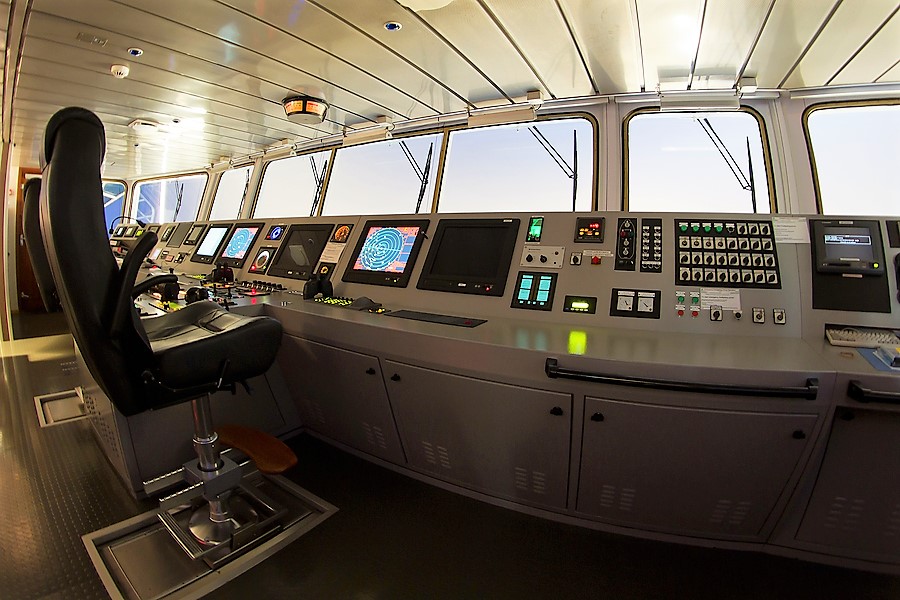People often ask Eero Lehtovaara, head of Regulatory Affairs at Finnish tech giant ABB Marine and Ports, why he is so keen to take the crew off a ship. He has to patiently explain that this is not what technology is all about.
But it is also not a question about the technology, but about the legal framework within which new technology in shipping has to be applied.
“I do not want to use the word autonomy,” explains Lehtovaara a former navigating officer and master mariner himself. ”We are creating the tools for the seafarers to do their job better.”
Lehtovaara, and ABB, are proposing unmanned bridges, but not in the same context one hears about when one reads about other autonomous and unmanned projects, notably in Norway.

What Lehtovaara, who is talking about applied intelligence at the Seatrade Shiptech conference later this month, is suggesting is periodically unmanned bridges. This is where when the conditions are right, the officer and watchkeeper can safely perform other activities.
“We can do almost anything we can think of in a science movie, It is not a question of technology, but of the legal framework,” he says, adding that the questions are about whether the technology evolves to fit the legislation or that the legislation recognises the safety improvements that can come with the technology and can be changed.
It is also about developing the ship as a system, not evolving it as separate and unconnected components inside the same asset.
The integrated bridge system, IBS, needs to be a tool for better collision avoidance according to Lehtovaara, especially given the number of collisions and other accidents that are due to poor situational awareness.
But this comes down also to how one uses the technology. There is a big difference between collision avoidance and incident avoidance.
An integrated smart bridge can be used to avoid the development of an incident, calling alarms to ensure the ship does not get into a position to make last minute collision avoidance.
In this case, boring is good. Boring is safe. A boring voyage lacking excitement, where nothing happened is part of the goal of ABB with other partners working on a Bridge – Zero notation where a vessel is approved for occasionally unmanned periods under navigation. There is of course precedence onboard, the unmanned engine room space is now a very common feature.
But before such a notation does exist, and well before the first vessel is permitted to operate under such conditions, Lehtovaara knows there is a lot to be done to bring the industry onboard such change.
But for all of this technology, whether it is a deep-sea vessel with an occasionally unmanned bridge, or an unmanned cable ferry across a short stretch of water, something Lehtovaara compares to an elevator which is nearly always unmanned now, the simple fact is, he says, we are moving away from the hype and into reality. After three to four years of discussions he is now talking more with governments and other rule makers, people that are in a position to create the change.
































